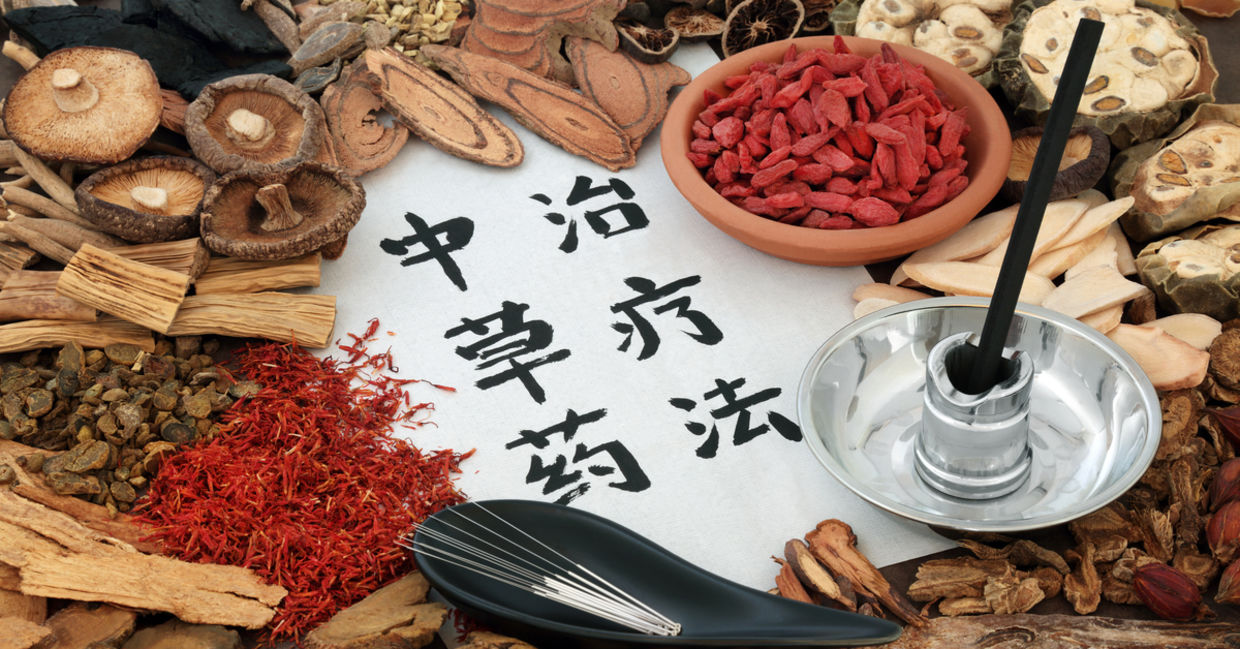
(marilyn barbone / Shutterstock.com)
Thousands of years ago, our ancestors developed healthy habits and rituals based on their observations of nature. Wellbeing meant a close connection to the earth, staying in tune with the body, and living in harmony with the environment.
There’s no question that modern medicine helps us live longer and improves our quality of life. But that doesn’t mean we can’t overlook the healing traditions of the past.
We spend so much time indoors that, in some ways, we’ve lost touch with our relationship to nature and the wellness traditions of our ancestors. But it’s fascinating how, even with the amazing developments of modern medicine, science now proves the benefits of ancient health practices intuited by our ancestors. So nourish your mind, body, and soul with these traditional healing approaches that still apply today.
Earthing
Our ancestors slept on the ground, walked barefoot, and cultivated the earth with their hands. This ancestral practice of earthing, also called grounding, involves connects the body to the natural energy of the earth’s surface. But today we have increasingly disconnected with the earth with our modern lifestyle, sleeping in beds and staying indoors.
Don’t write it off as a hippie thing either. When your bare feet or skin comes in contact with the earth, your body absorbs free electrons according to a study published in the Journal of Environmental and Public Health.These electrons act as antioxidants that may help neutralize damaging excess free radicals that lead to inflammation and disease in the body, such as cancer. It also can help to reduce chronic pain and improved sleep.
You can practice earthing by walking barefoot on the grass, dirt, rock, or sand. Earthing mattresses and other grounding products will also produce the same healing effect inside the home.
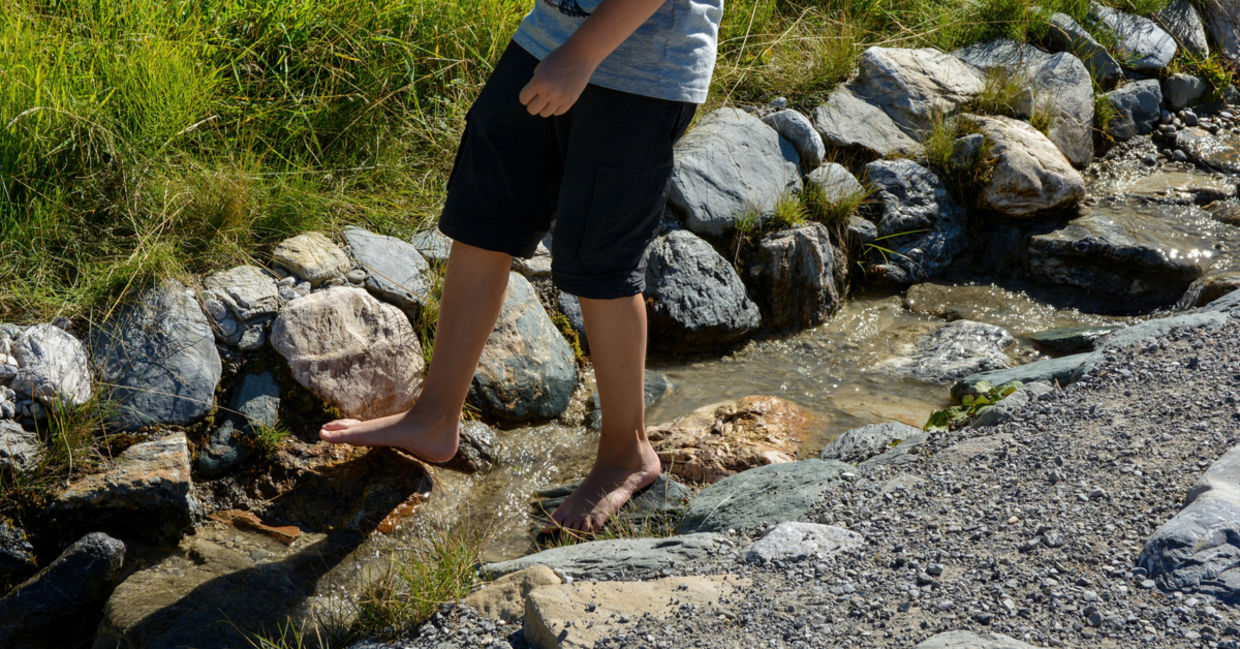
(ELEPHOTOS / Shutterstock.com)
Forest Bathing
The Japanese formally developed the therapy of forest bathing, or Shinrin-yoku, in the 1980s. But our ancestors around the world knew the advantages of spending time in the forest long before. Forest bathing simply involves taking in the forest atmosphere, to walk among the trees for their calming, rejuvenating, and restorative benefits.
While it may sound like pseudoscience, researchers have found that forest bathing does, in fact, have health benefits, such as boosting the immune system, improving heart health, and reducing anxiety and depression.
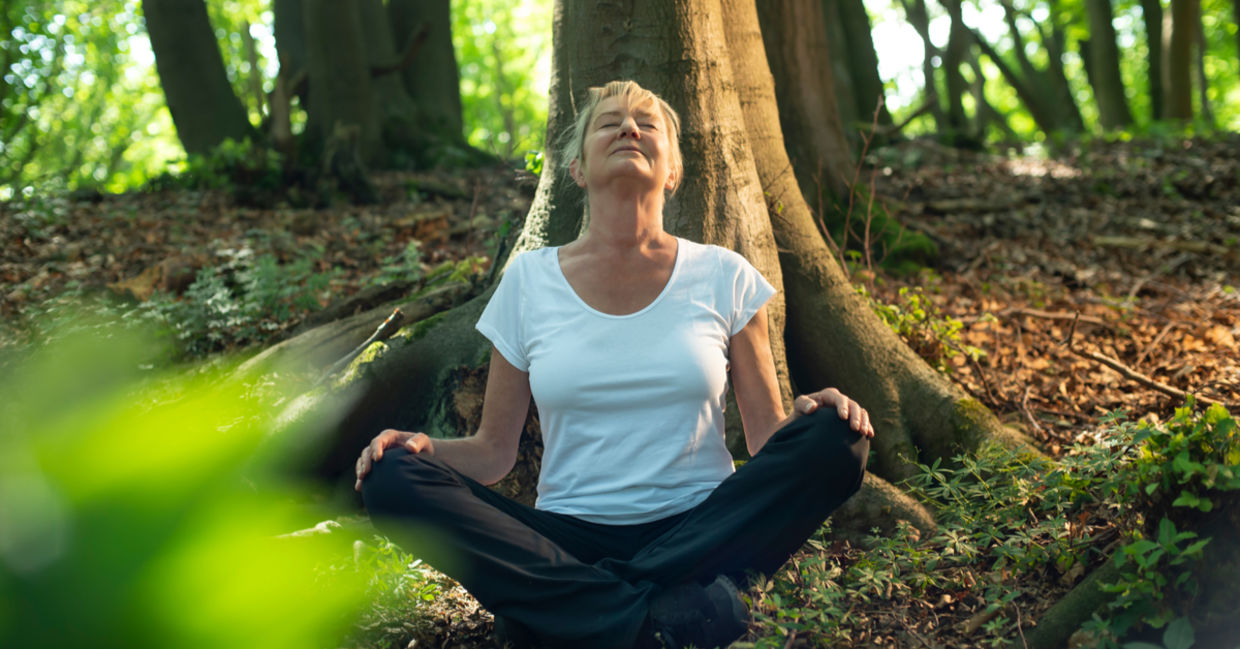
(Tanja Esser / Shutterstock.com)
Public Bathhouses
On the weekends, many of us might hang out with friends at a restaurant or bar. But back in ancient civilizations, everyone would meet up at a communal bathhouse for a session of massages and relaxation.
Public bathhouses were widely used throughout the Ottoman, Greek, and Roman Empires as well as in Japan, Indonesia, the Middle East, and South Asia. You can still find public baths throughout much of Europe and Asia as well as in Japan’s onsen.
A visit to the bathhouse combines saunas, steam rooms, massages, and relaxation therapies, similar to today's spas. Our ancestors would often build these facilities over natural hot springs, giving access to thermal mineral pools.
Frequent sauna bathing, aside from being super relaxing, has tremendous health benefits. Recent research found that it reduces the risk of vascular diseases, such as high blood pressure and cardiovascular disease, neurocognitive diseases, pulmonary diseases, and mental health disorders. Sauna bathing also heals skin diseases, arthritis, headache, and flu. Not to mention, it offers a great opportunity to socialize, an important component for mental health.
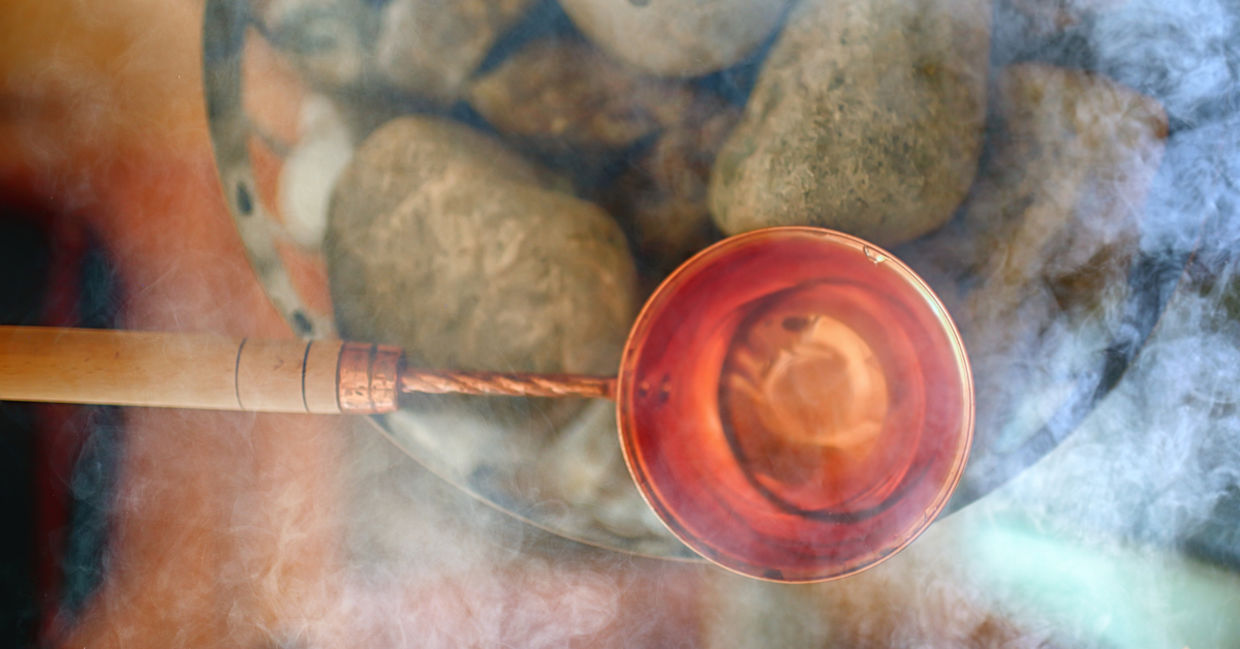
(Kichgin / Shutterstock.com)
Reflexology
Thousands of years ago, the ancient Chinese and Egyptians relied on reflexology as a form of healing. The practice of reflexology involves applying pressure to the hands, feet, and ears. According to reflexology, these parts of the body connect to the organs, and applying the right amount of pressure heals internal systems.
This type of zone therapy, according to Healthline, sends a calming sensation from the peripheral nerves in the extremities to the central nervous system. As a result, the brain delivers signals that relaxes tension and reduces pain. The therapy benefits circulatory, respiratory, endocrine, immune, and neuropeptide systems. Surprisingly, reflexology may also relieve psychological symptoms like stress and anxiety.
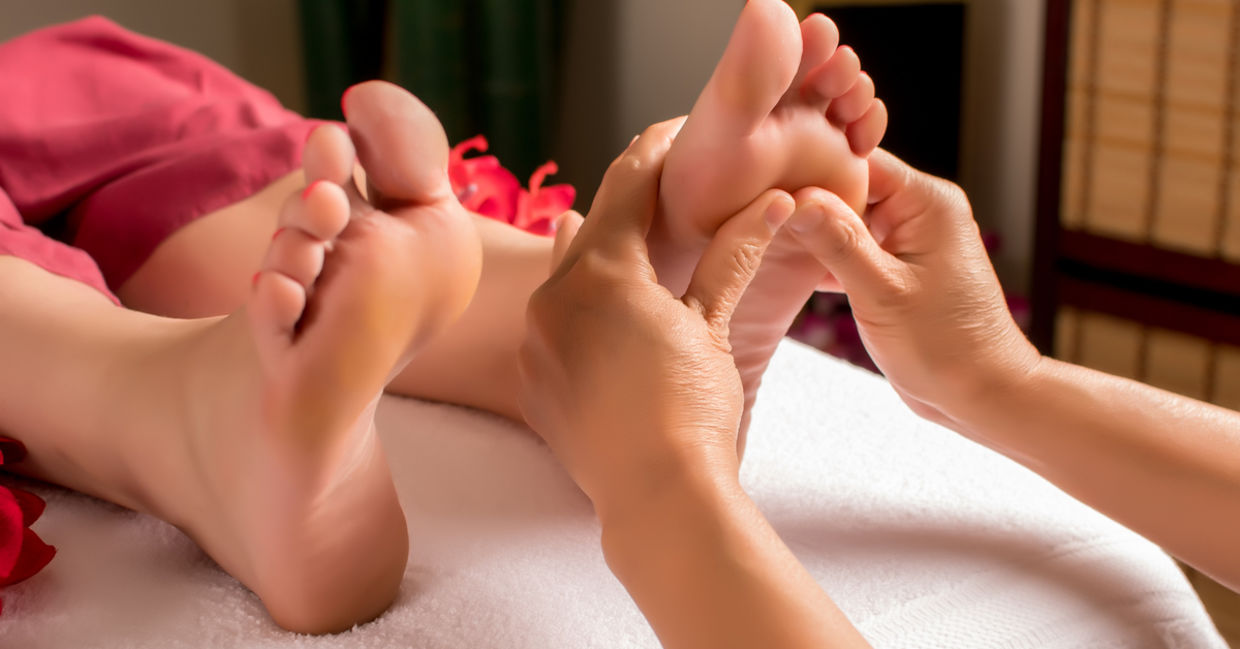
(tweesap / Shutterstock.com)
Herbal Remedies
In today’s society, convenience often trumps health when it comes to nutrition. But, as the saying goes, “You are what you eat”, and consuming processed, unhealthy foods leads to poor health and appearance. On the other hand, eating the right foods builds a healthy and strong body, that may help to prevent some of the most common diseases like heart disease, stroke, diabetes, and cancer.
Surely, our ancestors faced issues of their own when it comes to accessing the right foods or making smart lifestyle choices. Still, the ancient rituals surrounding herbal remedies can teach us a thing or two when it comes to leveraging the medicinal properties of foods.
Herbalism has carried on for thousands of years, with the first recorded evidence dating back to over 5,000 years ago in Sumeria. The ancient Chinese, Egyptians, and Native Americans all practiced herbalism as a method of healing. Meanwhile, the centuries-old Ayurvedic system from India developed a complex use of herbs and a proper diet to bring balance within the body.
Clinical studies prove there are direct benefits of using herbs to prevent and treat illness. Ginseng, for example, counteracts weakness and fatigue. Meanwhile, turmeric can treat inflammation and joint pain. Feeling a cold coming on? Try these natural ingredients like garlic and ginger to help keep away a cough.
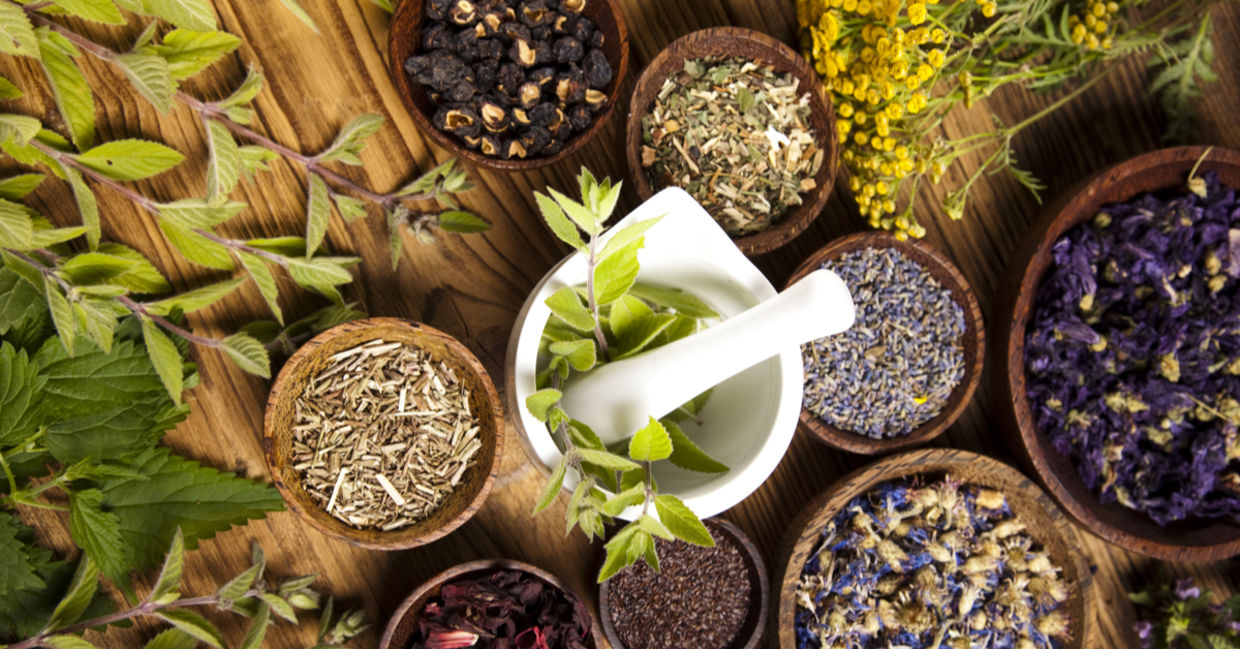
(Kichgin / Shutterstock.com)







